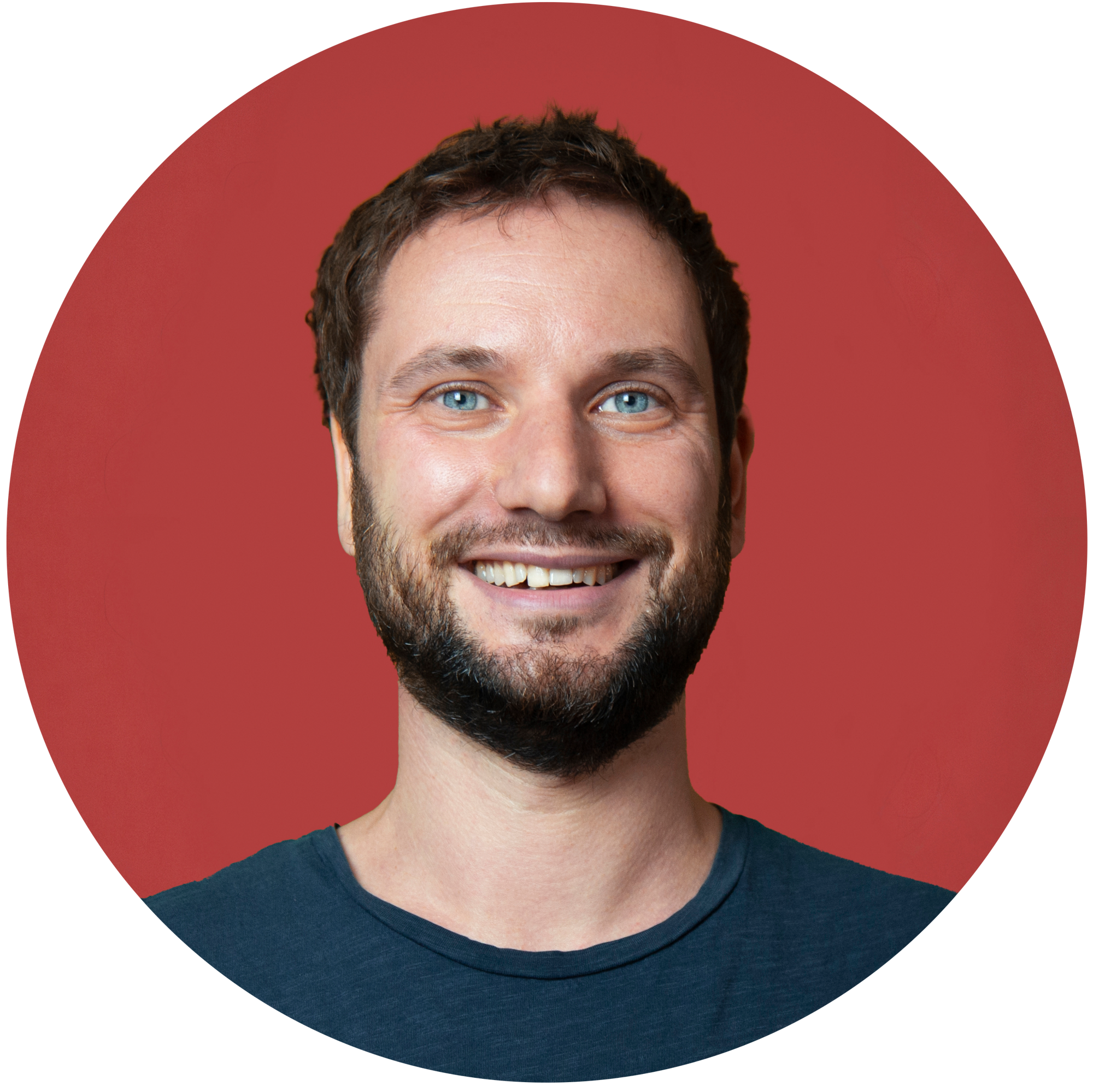2022-10-05 | Martin Grebner | 8 min read
Tradition meets future: GRANDEL trusts in Atlassian cloud
GRANDEL The Beautyness Company
International operating beauty company
Project:
Topic | Jira and Confluence cloud migration
Technology | Jira Cloud and Confluence Cloud, various apps from the Atlassian Marketplace
The Augsburg-based company GRANDEL has a long history and is internationally renowned for its premium beauty and health products. Founded in 1947 and now represented in more than 50 countries, the company is the best example for the strong small and medium-sized enterprises which form the backbone of the German economy: as an independent family business, GRANDEL combines experience and innovation.
This successful combination is reflected in the award-winning product portfolio, in research and development, and in production at the headquarters in Augsburg – and is also evident in the company's IT: In 2018, the team around Peter König, CIO at GRANDEL, decided to introduce two solutions from Atlassian for development, organization, and collaboration: Confluence and Jira.
In 2021, together with Scandio the next milestone is approached to future-proof the company: The migration of Atlassian solutions from server to cloud.
The Challenge
GRANDEL has been working with Jira Software and Confluence since 2018, when the instances were already introduced by Scandio. Jira, a development tool for agile teams, is primarily used in GRANDEL's IT department, while Confluence is leveraged company-wide by all departments as a digital workspace for knowledge management and cross-team collaboration.
However, by 2021 at the latest, the solution hosting on server by GRANDEL was an aspect that no longer brought only advantages for the Augsburg-based company: Above all, the operations costs significantly limited the efficiency of GRANDEL's IT team. Did this "automatically" mean that cloud was the answer? Not by a long shot. And so, as a first step, Scandio's consultants approached Peter König, CIO at GRANDEL, and his team and evaluated and compared both cloud and data center as server alternatives. In the end, the decision was made to migrate to the Atlassian cloud, which was convincing in terms of both price and scalability.

Initially, the effort required for migrating to cloud could not be estimated clearly. Not only Jira and Confluence had to be migrated, but also numerous existing plug-ins from third-party providers. This meant an additional challenge, because app availability and functionality can differ between server and cloud.
The migration effort originates mainly due to the fact that each app has to be evaluated individually. Furthermore, many legacy data and configurations of the plug-ins are not automatically transferred by the Atlassian Migration Assistant, but have to be reworked manually. For this reason, Scandio consultants were tasked to evaluate the individual plug-ins in advance of the actual migration.
Other aspects of great relevance to the GRANDEL IT team were security, such as 2-factor authentication and password policy, as well as data protection and data residency. The data respectively the cloud itself should be located in Europe, and plug-ins had to be checked with regard to data protection. Here, too, the Scandio consultants were able to provide advice (not legal advice).
"The close and trusting collaboration with GRANDEL's IT department was a key success factor for me in this consulting project. It was one of the reasons why we were able to migrate GRANDEL quickly to the Atlassian cloud and master even technically complex requirements."
Nina Eickeler, Scandio IT Consultant and Project Lead
The Solution
Preparation
The original, server-hosted configuration of Confluence and Jira contained a total of 18 apps. So, the Scandio consultants first checked the availability of these plug-ins in the cloud, and the findings were summarized in form of a proof of concept. As a result, it became clear that some of the apps were also available as cloud versions without any problems, but some were not. To solve this, the project team relied on various approaches:
- The features of the app are already covered by Jira Cloud or Confluence Cloud by default, so no extra plug-in is needed.
- An alternative app has the same functions and is available in the cloud.
- The app is not relevant for the cloud scenario.
In some cases, the lack of an app alternative in the cloud was compensated by additional manual effort. For example, start pages in Confluence were created manually by the Scandio team because the Lively Theme plug-in was not available as cloud version and a technical alternative was not feasible.
By combining all these measures, a solution was found for almost 80 percent of the apps. For four plug-ins, no cloud version or technical alternative is currently available, but it should be mentioned that the number of cloud apps in the marketplace continues to grow steadily. In general, the first recommended success factor for a migration to be as error-free as possible – and to make the migration effort efficient – is to validate plug-ins and data that are not needed.
After checking the plug-ins, selected Confluence spaces were migrated in the course of a test migration. This allowed the team to test the planned migration strategy and to see to what extent adjustments would be required. Part of the test migration also involved performing User Acceptance Testing (UAT). This included training for power users who use Confluence extensively at especially relevant points in the organisation; several rounds of Q&A sessions about the cloud; and detailed testing or replication of everyday tasks by end users. This ensured that the applications worked as desired and expected.
Based on the test migration, a step-by-step checklist in the form of a runbook was also created to codify schedule and responsibilities for the final live migration.
Migration
Building on the comprehensive preparatory work, the live migration itself went quickly and smoothly: using the previously created runbook (which guided step-by-step through the migration) and Atlassian's migration tool, the Scandio consultants performed a "lift and shift" migration – meaning all elements were migrated to the cloud at once:
- Thursday morning: the system at GRANDEL is set to read-only, then the migration runs automatically
- Thursday & Friday: performing rework and customizations
- Monday: Jira Cloud and Confluence Cloud officially go live
The Atlassian cloud is hosted in an AWS environment, and in GRANDEL's case with information such as Jira Issues and Confluence pages stored exclusively in Europe. This choice of data residency was an important consideration for GRANDEL.
Deep Dive: Data Residency for the Atlassian Cloud
By choosing the data residency, organizations can decide where their product data, such as tickets and pages, is hosted within the Atlassian cloud: globally distributed or exclusively in the US, European Union, or Australia.
Each location is supported by one or more AWS regions:
- EU: Frankfurt, Germany & Dublin, Ireland
- USA: US East and US West
- AU: Sydney, Australia
Data Residency is available for Standard, Premium and Enterprise cloud subscriptions and Atlassian Jira Software, Confluence and Jira Service Management solutions. For more information, please visit: www.atlassian.com
Follow-up
After the successful completion of the migration, which was thoroughly checked by appropriate testing, users could be transferred to the new system. Great importance was given to a comprehensive and easily available aftercare: For example, Scandio consultants created a series of training videos and were available in Q&A sessions and similar formats. Power users also received admin training prior to the migration.
Project and Results
A key cloud advantage is the elimination of operations related tasks and costs for the customer. In the past, GRANDEL commissioned Scandio to operate the server with Confluence and Jira, but now Atlassian takes over cloud operation tasks directly. This saves money that can be invested elsewhere.
"The path to the cloud has been mapped out for a significant part of our application landscape. For us as a medium-sized company, it was another important experience in the networking of cloud, multi-cloud and on-promise applications. The cloud migration project was professionally managed and implemented by Scandio. Thank you for that. From the user's point of view, the step to cloud was manageable in terms of challenges and smaller than expected – thanks to the important and professional support by Scandio and the GRANDEL internal project team."
Peter König, Head of IT and Organisation at GRANDEL
The company also benefits from the move to cloud in the areas of security and reliability, administration, updates and flexibility:
- Security is tightly integrated into Atlassian's cloud products, infrastructure and processes. For example, Atlassian secures access to its corporate network, internal applications and cloud environments with a zero-trust concept. A clear password policy and the ability for users to set up two-factor authentication are also among the cloud benefits for GRANDEL.
- Reliability: Atlassian products are designed for high performance and availability and are hosted on industry-leading AWS infrastructure. Specifically, this means that users can be added at any time and the number can always be scaled as needed. At the same time, redundancy on multiple levels and other measures ensure reliable availability and minimized downtime during updates.
- Updates & Features: Confluence and Jira are always up to date. There is also the option to test beta versions of Atlassian solutions before roll-out.
In addition to these advantages, which primarily benefit the IT team, there are also key positive aspects for the general users at GRANDEL – however, the changes deliberately go primarily in one direction: While features such as the Confluence Editor in the cloud offer end users significantly more options, the user interfaces of the new cloud solutions are visually aligned with the design of the familiar server applications. This has enabled employees to work in the cloud in a familiar way right from the start.


Scandio provided three consultants to implement the migration, who were accompanied by the Scandio license team during the start of the project. The latter helped GRANDEL to select the appropriate license model and supported the upgrade of the existing server licenses to the corresponding cloud variant. The entire migration project – from the first kick-off meeting to the established cloud – was completed in just under 6 months.
In addition to the technical expertise and detailed preparation, the close collaboration between the teams from Scandio and GRANDEL was certainly an important success factor. Good accessibility and communication on both sides ensured that a solution could be found even for technically challenging topics. As a result, now all of GRANDEL's nearly 250 employees work with and benefit from the Atlassian cloud.
About GRANDEL
GRANDEL was founded in Augsburg in 1947 and is today internationally known for its premium beauty and health products made in Germany. As a family business in third generation, GRANDEL trusts in its own laboratories, its own production and logistics, and its own sales force. Thanks to constant innovation, the company is able to impress with around 50 product innovations per year. GRANDEL currently employs around 250 people and generated net sales of 49 million euro in 2021. | www.grandel.de
Our consultants will be happy to support your project. Feel free to get in touch with us now.
Scandiolife on Instagram.
Connect with us on LinkedIn.
Look what Scandio is tweeting.



